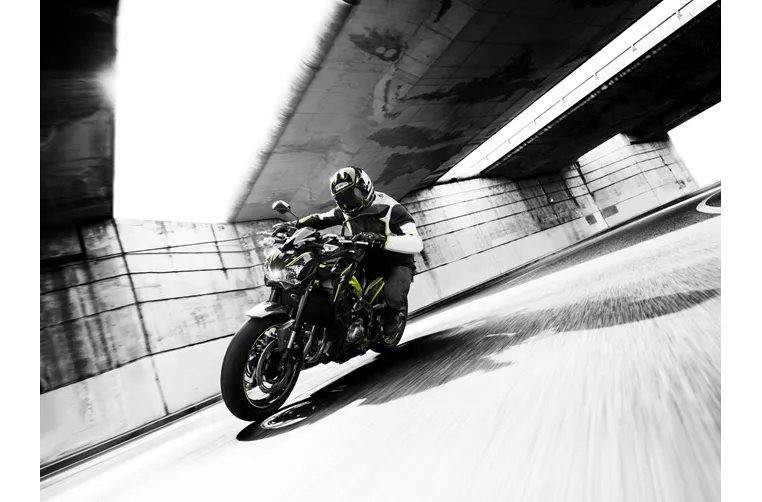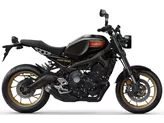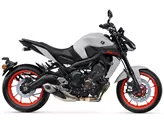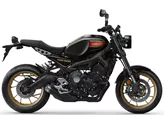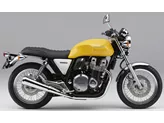Yamaha XSR900 2018 vs. Kawasaki Z900 2018

Yamaha XSR900 2018

Kawasaki Z900 2018
Overview - Yamaha XSR900 2018 vs Kawasaki Z900 2018
The Yamaha XSR900 2018 and the Kawasaki Z900 2018 are both naked bikes that offer a thrilling riding experience. However, there are some key differences between the two models.
In terms of engine performance, the Yamaha XSR900 2018 is equipped with a 3-cylinder in-line engine that delivers 115 horsepower and 87.5 Nm of torque. On the other hand, the Kawasaki Z900 2018 features a 4-cylinder in-line engine that produces 125.4 horsepower and 98.6 Nm of torque. Both engines are liquid-cooled and offer a smooth and powerful performance. However, the Kawasaki Z900 has a slight advantage in terms of power output.
When it comes to suspension, both bikes feature upside-down telescopic forks in the front and a swing arm with a monoshock in the rear. This setup provides a comfortable and stable ride for both models. However, the Yamaha XSR900 2018 has an aluminum frame with a twin tube design, while the Kawasaki Z900 2018 has a steel frame with a double cradle design. This difference in frame material may result in slight variations in handling and overall weight.

Yamaha XSR900 2018
In terms of braking, both bikes are equipped with double disc brakes in the front, with the Yamaha XSR900 2018 having a slightly smaller diameter of 298 mm compared to the Kawasaki Z900 2018's 300 mm. Both models also come with ABS as an advanced rider assistance system, ensuring safe and controlled braking in various conditions.
In terms of dimensions and weights, the Yamaha XSR900 2018 has a front tire width of 120 mm, a rear tire width of 180 mm, and a wheelbase of 1440 mm. The seat height is 815 mm, and the kerb weight with ABS is 191 kg. On the other hand, the Kawasaki Z900 2018 has the same tire widths and wheelbase, but a slightly lower seat height of 795 mm. The kerb weight with ABS is higher at 210 kg.
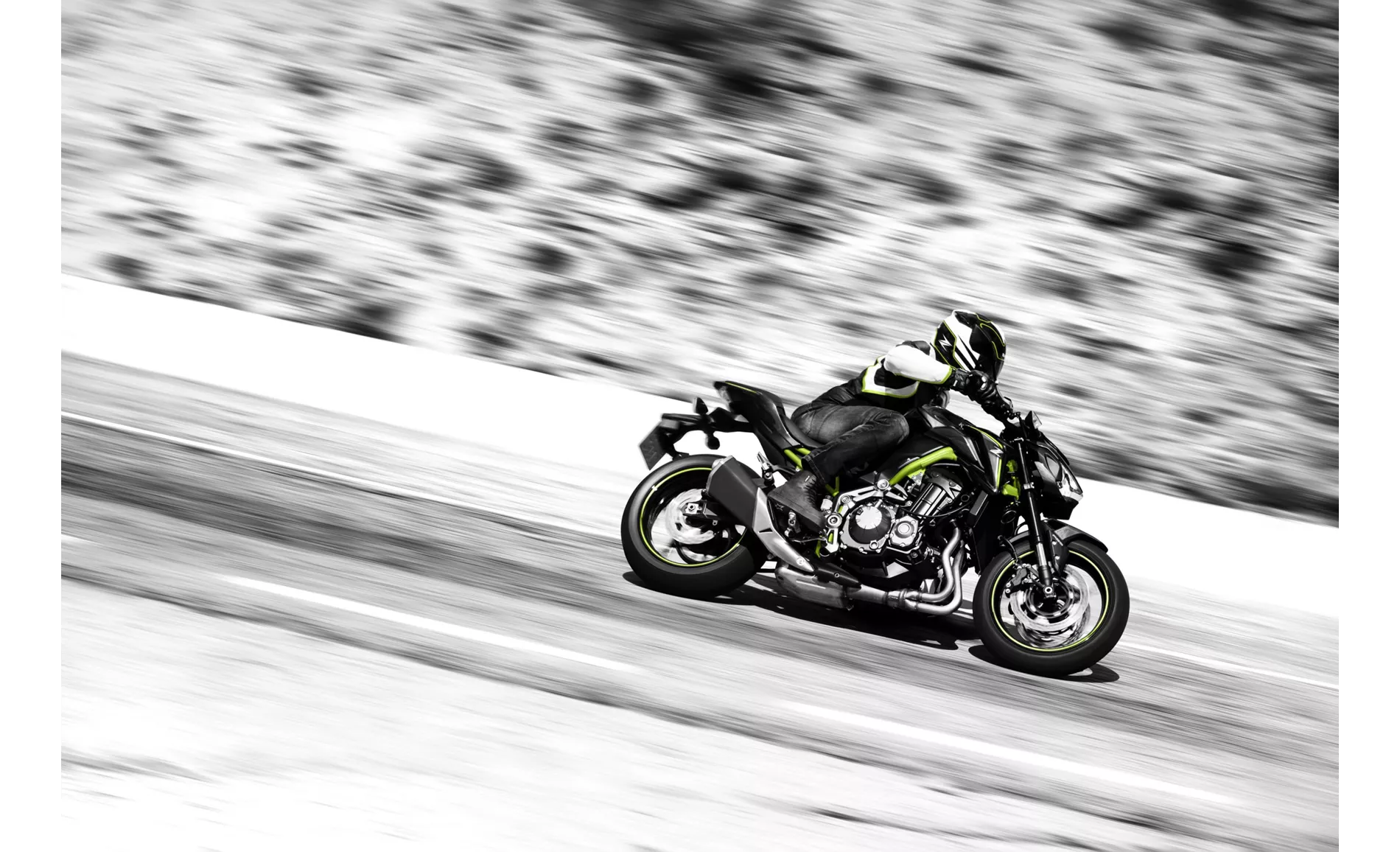
Kawasaki Z900 2018
In terms of strengths, the Yamaha XSR900 2018 is praised for its extremely sporty and rev-happy engine, excellent brakes, and pleasant seating position. It is also known for its high-quality workmanship and competitive price-performance ratio. On the other hand, the Kawasaki Z900 2018 is praised for its powerful and silky engine, great sound, sharp and sporty look, and easy handling and manoeuvrability.
However, both models have their weaknesses. The Yamaha XSR900 2018 is criticized for its almost too direct response and a retro style that is not thought through to the last detail. On the other hand, the Kawasaki Z900 2018 lacks traction control and the knee angle can be strenuous for tall riders in the long run.
In conclusion, the Yamaha XSR900 2018 and the Kawasaki Z900 2018 are both impressive naked bikes with their own unique strengths and weaknesses. Ultimately, the choice between the two will depend on individual preferences and priorities.
Technical Specifications Yamaha XSR900 2018 compared to Kawasaki Z900 2018
Pros and Cons in comparison
Pros and Cons in comparison
Yamaha XSR900 2018

The Yamaha XSR900 is a classic optical illusion - with its round headlight, angular tank and attached tail light, it clearly passes for a retro bike. But it's no coincidence that the performance is reminiscent of the potent mid-range naked bike Yamaha MT-09, which is the extremely sporty basis for the XSR900. So the engine is a blast and the brakes are appropriately venomous. Fortunately, the engineers didn't overdo it with the chassis, the XSR900 offers sufficient comfort and the upright riding position is more comfortable than the powerful engine would lead one to expect. All in all, the XSR900 is one of the sportiest models among the retro bikes.
Kawasaki Z900 2018
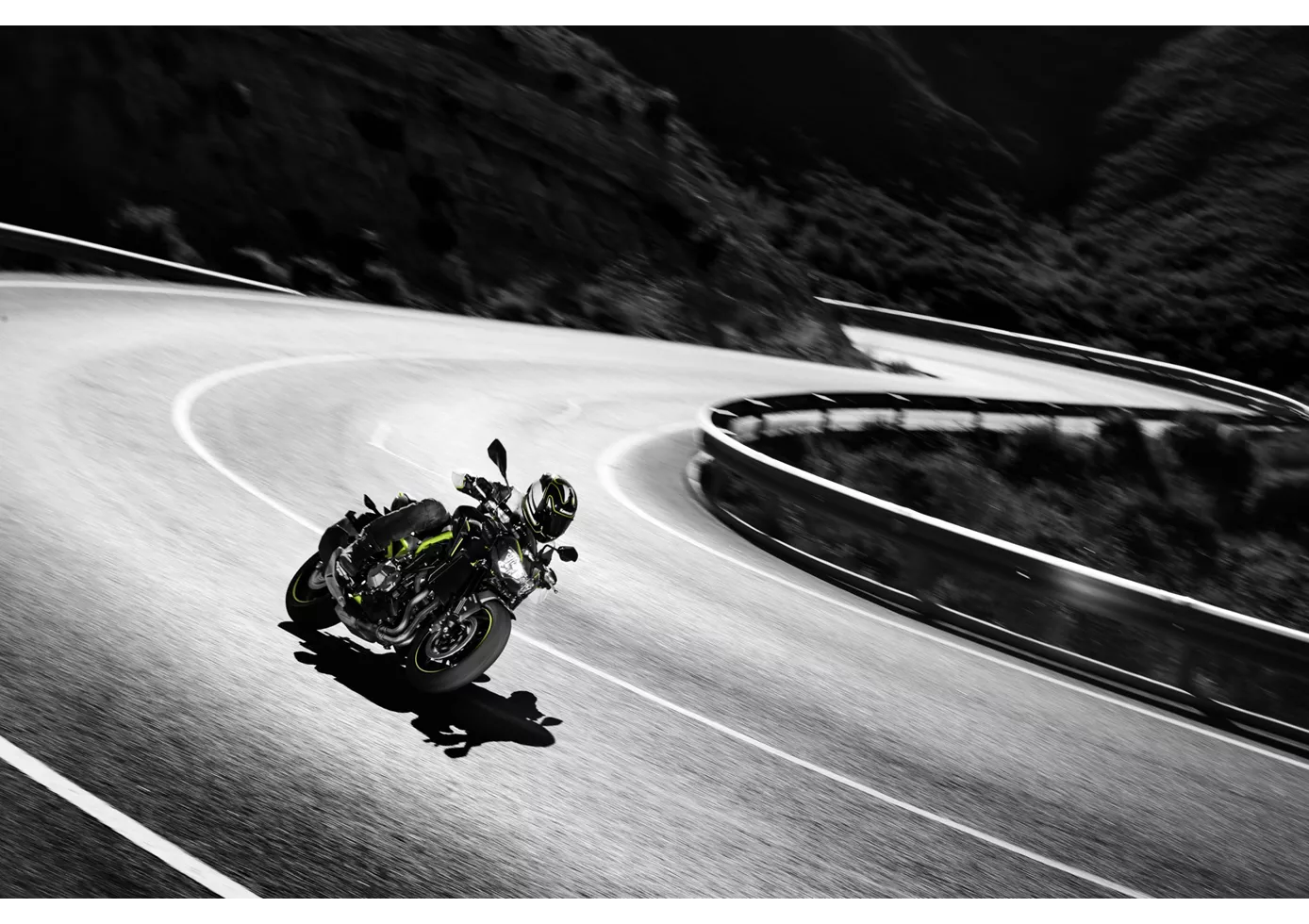
In the hotly contested naked bike segment, the Z900 plays right at the front. Above all, its engine is absolutely terrific, runs incredibly silky and offers rich power in all rev regions - as befits a Japanese four-cylinder. Its sporty, aggressive appearance matches this. It does without electronic bells and whistles, but still conveys a lot of confidence when chasing corners, braking and accelerating out of them. The low seat is especially beneficial for smaller riders, but taller riders might miss a flatter knee angle on long distances. The low weight and compactness make the Z900 particularly agile and easy to handle. A sporting cannon that is also extremely appealing in terms of price
Price Comparison Avarage Market Price Yamaha XSR900 vs Kawasaki Z900
There are a few key differences between a Yamaha XSR900 2018 and a Kawasaki Z900 2018. In terms of price, the actual average price of a Kawasaki Z900 2018 is about 15% higher. A Yamaha XSR900 2018 experiences a loss of 180 USD in one year and 120 USD in two years of ownership. This is offset by a loss of 640 USD and 520 USD for a Kawasaki Z900 2018. Compared to Kawasaki Z900 2018 there are less Yamaha XSR900 2018 bikes available on the 1000PS.de Marketplace, specifically 4 compared to 55. It takes less time to sell a Kawasaki Z900 with 112 days compared to 123 days for the Yamaha XSR900. Since model year 2016 1000PS.de editors have written 30 reviews for the Yamaha XSR900 and 46 reviews for the Kawasaki Z900 since model year 2017. The first review for the Yamaha XSR900 was published on 11/25/2015 and now has more than 17,600 views. This compares to more than 93,200 views for the first review on Kawasaki Z900 published on 11/11/2016.

